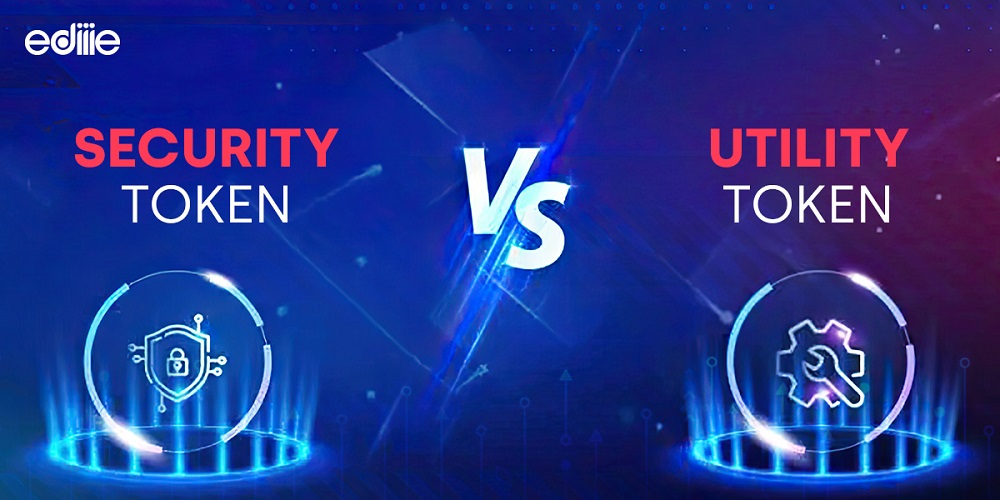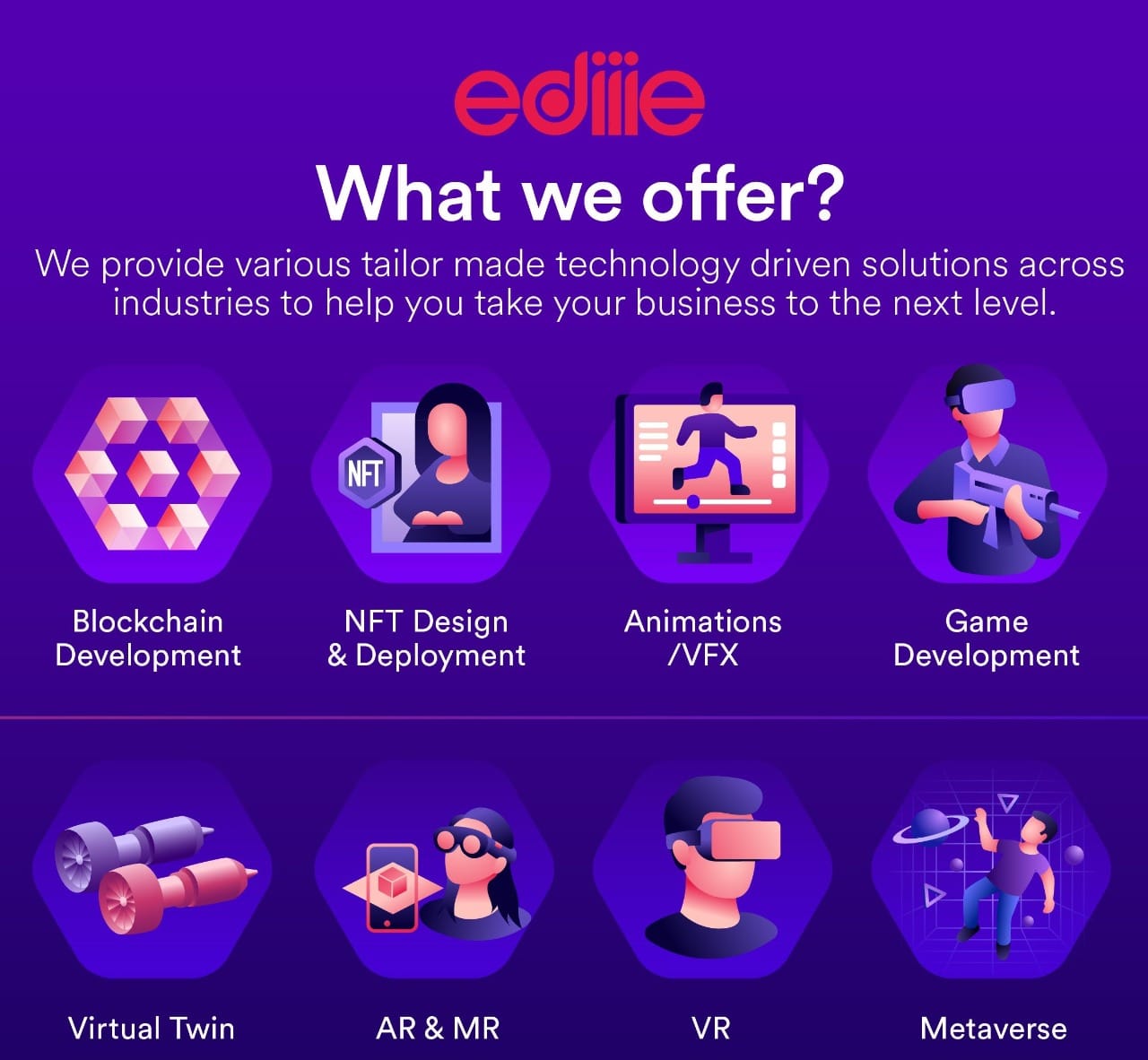Security Tokens vs Utility Tokens: Understand the Difference
Innovation has long been a bedrock on which blockchain and the world of cryptocurrency rest. The dynamic landscape from when it was once theorized to the rapid development and practical uses over the years is just another proof of this.
And it’s this landscape which has given rise to two types of digital assets, which are the focal point of this blog and up for debate. Security tokens vs utility tokens. That’s the name of the game.
Since its inception, blockchain has knocked and challenged the financial paradigms of the traditional and modern age. And that makes understanding what is the difference between utility tokens and security tokens a vital stage – for anyone looking to explore cryptocurrency and dip their toes.
Whether you’re an investor, an entrepreneur, or simply an enthusiast of crypto coins and some NFT staking.
Regulation and Utility: Difference Between Security Tokens vs Utility Tokens
Security tokens vs. utility tokens is an essential topic of discussion since they both have distinct roles in the crypto world. With reference to blockchain security, security tokens represent digital tokens that allow people to stake ownership of an underlying asset.
This asset is quite similar to financial securities that people are traditionally used to in their lives, such as bonds or stocks. And are subject to specific requirements born from the need for regulation and security laws with which it is always made to comply.
Following are some important properties that we see in security tokens:
Regulations
Security tokens vs. utility tokens and their offerings have a bone of contention with regulation and compliance. That’s because security tokens are made to adhere to regulations spanning across various jurisdictions.
The platform or organization that issues these tokens, must stick to keeping cool with different security laws. Overall, it helps make STOs (security token offerings) more in tune with being controlled and moderated than ICOs (initial coin offerings)
Tokenization & Liquidity
Tokenization of security tokens vs utility tokens differs in the way that when the ownership of the asset is converted, it allows for fractal ownership of security tokens. As digital tokens on a blockchain network, it sees increased liquidity and is generally more reliable because of these reasons when it comes to changing hands.
The increase to liquidity from security tokens stems from the fact that the ownership is in fractions – thereby allowing the token to increase liquidity even when the market is illiquid.
This type of ownership sees the stakeholders being empowered to grab and sell the assets at varying, smaller pieces. And thus, more investors are able to access investment opportunities at the end of the day.
Compliance & Underlying Assets
What sets security tokens vs utility tokens apart is that security tokens unlike utility tokens, can be tied to various types of real-world and digital assets. This entails assets including real estate and another sort of properties, investment funds, shares in a company, stock, and other commodities.
Owing to how blockchain networks can be inherently coded to ensure all sorts of compliance rules, this further enables the regulatory control of organizations over security tokens.
Like when security tokens need to be transferred, they will move to only those investors who stand accredited. Basically, it has ways of ensuring that no regulatory needs are left unsettled.
Availability & Secondary Markets
In the debate between security tokens vs. utility tokens, the former edges out the latter. By ensuring that despite these regulatory requirements, it is available to international investors – to those seeking opportunities to invest in the type of assets enabled by certain security tokens – on a global level. Quite similar to SaaS security one might remark.
Coupled with this is the fact that security tokens can also be made available on secondary markets. This means that not only do security tokens have a higher availability rate, but they can be bought and sold from different platforms after it has been initially issued. Which is a great option for investors to have an out or exit strategy if they ever need one.
These are some of the crucial properties that go to show the landscape and inherent features of security tokens, just like smart contract security. In the crypto and blockchain world, you could also hear about utility tokens being referred to as ‘user tokens’ or ‘application tokens.’
They are all one and the same. And are generally used to let users access different products, functions and services within an ecosystem on a blockchain network.
So now, let’s take a look at the flip side, with the features and properties of utility tokens:
Accessing Products
Unlike what we saw in security tokens vs utility tokens above, utility tokens aren’t tied or enabled to represent ownership of an individual to various underlying assets.
Instead, they are used by organizations or owners managing blockchain projects – to allow people in using them and gaining access to various products, services and applications on their network.
For instance, a utility token can be set up by an organization to allow users coming to their platform, to use a software, play a game, or engage in one of the many activities enabled by it. Popular examples include free to play games, play and earn apps, etc. which are powered by blockchain.
Limited Regulations
Another property where utility tokens take flight from their existence alongside security tokens vs utility tokens, is that utility tokens aren’t heavily or even moderately regulated. They aren’t tied to traditional instruments in the finance world and thus, are regulated on a far lesser scale than its counterpart – the security tokens.
This can change however in case a country or a state decides to exercise its jurisdiction in accordance and set up agencies to regulate even utility tokens. But this is largely an example of different strokes for different cases and not the general picture for utility tokens across the board.
Incentives & Listings
Utility tokens, outside of the security tokens vs utility tokens debate comes up with a big plus for organizations and project owners looking to incentivize growth. This relates to the number of users currently adopting the products and their ecosystem overall. One can further this process by giving away tokens to various stakeholders as a method for engagement and growth.
As their ecosystem expands, utility tokens also have the ability to turn up on crypto exchanges or get listed on various exchanges for trade. Users can buy or trade from these listings as they choose. But the value of these utility tokens, more often than not, is linked to the value they have within their respective ecosystems.
These are some of the significant properties that define security tokens vs. utility tokens, respectively, in their own domains. They have been a driving force for users looking to adopt cryptocurrencies or into NFT game development, and it’s essential to know the differences between them, as are their pros and cons.
A Utility Tokens vs. Security Tokens Comparison
Back in 2021, the global market for security tokens vs. utility tokens was each valued at $1.4 billion and $22 billion, respectively. Today, it is predicted to cross $14 billion and $120 billion, respectively, by 2028 on its own. And though both have been majorly issued on the Ethereum blockchain network, they also have their differences from what we’ve discussed above.
So, let’s take a look at the comparison of these critical differences between security tokens vs utility tokens:
Nature and Purpose.
Security Tokens: These tokens indicate ownership of an underlying asset, like as stock, real estate, or commodities. Their main function is to provide investors a share in the asset's performance and possible financial rewards.
Utility Tokens: Utility tokens are created to give users with access to certain services, functions, or apps inside a blockchain ecosystem. Their primary goal is to let users to engage with and utilize the features of a certain platform.
Investments & Ownership
Security Tokens: Just like in NFT marketplace development, security token holders often have ownership rights in the underlying asset. This might include income, voting rights, and a portion of the asset's worth.
Utility Tokens: Utility token holders do not control the venture or site. Their tokens give them with access to specific products or benefits yet do not offer possession in an identical way as security tokens do.
Determination of Value
Security Tokens: Security tokens' value is frequently linked to how well they perform as well as the worth of the asset that they represent. The returns to investors are determined by the manner in which the investment delivers.
Utility Tokens: Utility tokens' value is strongly linked to consumer demand for the products or functions they provide on the network. The appetite for these kinds of coins may rise as the application's consumption and acceptance increases.
Navigating the Terrain to Investments: Security vs Utility Tokens
Based on what we’ve explored, we can see how utility tokens and security tokens have both been integral to advancing blockchain investments and tech innovations.
These types of tokens may differ in their purposes and in the regulatory context, but they have made a significant contribution to the blockchain community. And how blockchain seeks to revolutionize traditional finances in the world.
If you’re looking to harness the benefits of crypto applications and blockchain for cybersecurity, then you can give us a call at EDIIIE for a consult and explore the paths offered by our team.
As an NFT development company, we have worked on various blockchain solutions, from marketplaces to designing assets and setting up exchanges or blockchain-based games.
We will help ensure that your business transactions and digital assets are in safe hands while you embrace the revolutionary world of blockchain with stress-free minds.






